Gloria Cerasela Crisan
A glass-box interactive machine learning approach for solving NP-hard problems with the human-in-the-loop
Aug 03, 2017
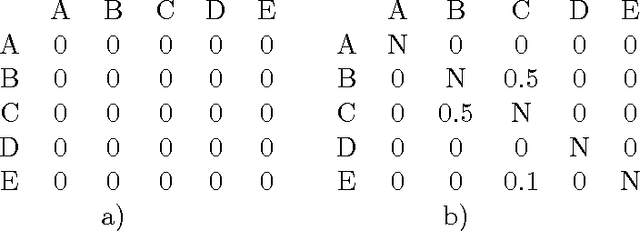
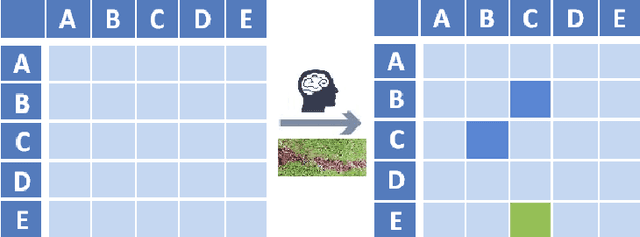
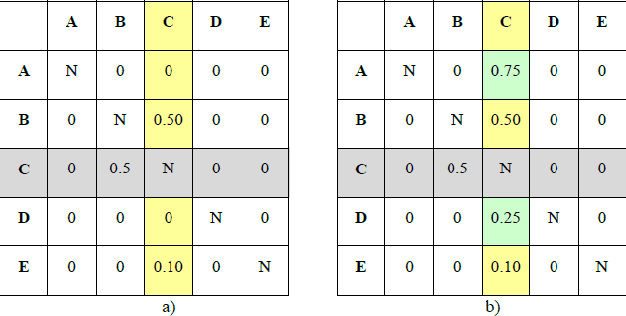
Abstract:The goal of Machine Learning to automatically learn from data, extract knowledge and to make decisions without any human intervention. Such automatic (aML) approaches show impressive success. Recent results even demonstrate intriguingly that deep learning applied for automatic classification of skin lesions is on par with the performance of dermatologists, yet outperforms the average. As human perception is inherently limited, such approaches can discover patterns, e.g. that two objects are similar, in arbitrarily high-dimensional spaces what no human is able to do. Humans can deal only with limited amounts of data, whilst big data is beneficial for aML; however, in health informatics, we are often confronted with a small number of data sets, where aML suffer of insufficient training samples and many problems are computationally hard. Here, interactive machine learning (iML) may be of help, where a human-in-the-loop contributes to reduce the complexity of NP-hard problems. A further motivation for iML is that standard black-box approaches lack transparency, hence do not foster trust and acceptance of ML among end-users. Rising legal and privacy aspects, e.g. with the new European General Data Protection Regulations, make black-box approaches difficult to use, because they often are not able to explain why a decision has been made. In this paper, we present some experiments to demonstrate the effectiveness of the human-in-the-loop approach, particularly in opening the black-box to a glass-box and thus enabling a human directly to interact with an learning algorithm. We selected the Ant Colony Optimization framework, and applied it on the Traveling Salesman Problem, which is a good example, due to its relevance for health informatics, e.g. for the study of protein folding. From studies of how humans extract so much from so little data, fundamental ML-research also may benefit.
On the Resilience of an Ant-based System in Fuzzy Environments. An Empirical Study
Feb 16, 2014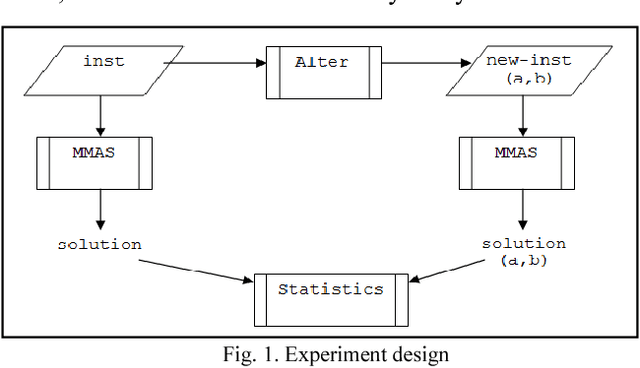
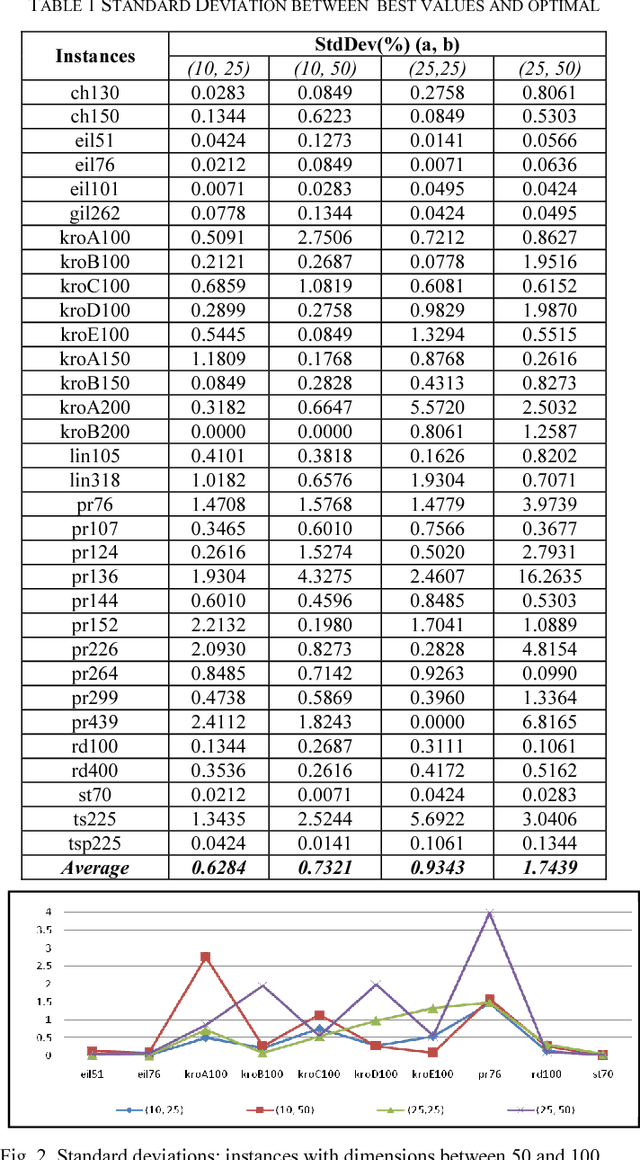
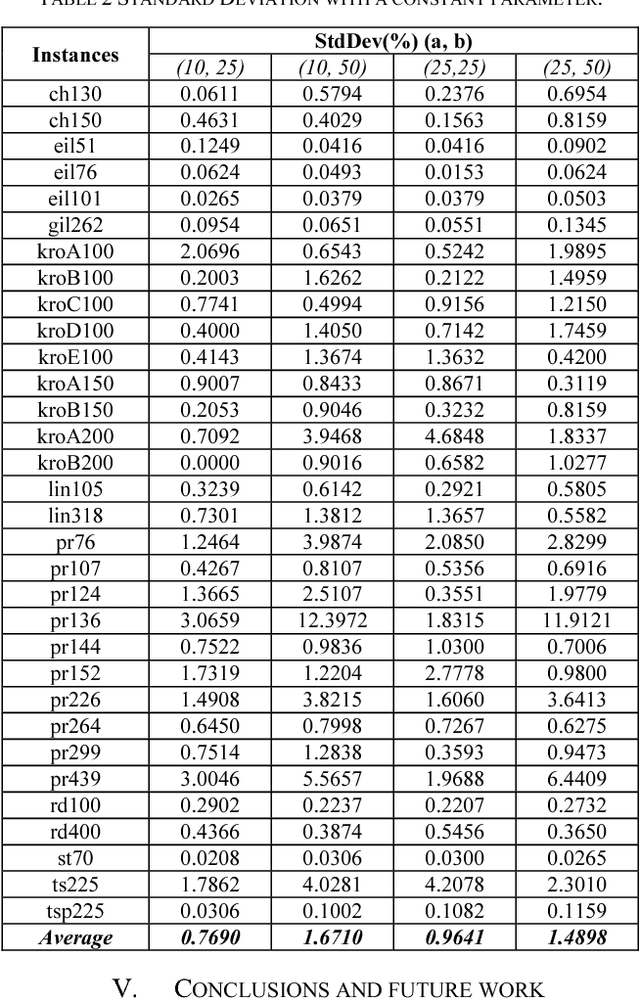
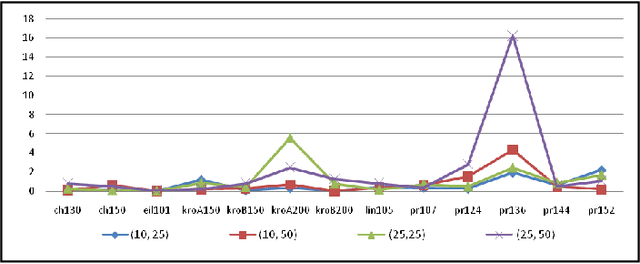
Abstract:The current work describes an empirical study conducted in order to investigate the behavior of an optimization method in a fuzzy environment. MAX-MIN Ant System, an efficient implementation of a heuristic method is used for solving an optimization problem derived from the Traveling Salesman Problem (TSP). Several publicly-available symmetric TSP instances and their fuzzy variants are tested in order to extract some general features. The entry data was adapted by introducing a two-dimensional systematic degree of fuzziness, proportional with the number of nodes, the dimension of the instance and also with the distances between nodes, the scale of the instance. The results show that our proposed method can handle the data uncertainty, showing good resilience and adaptability.
Parallel ACO with a Ring Neighborhood for Dynamic TSP
Oct 10, 2012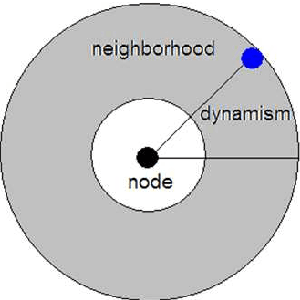
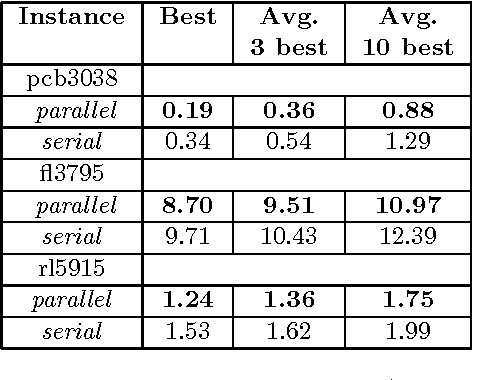
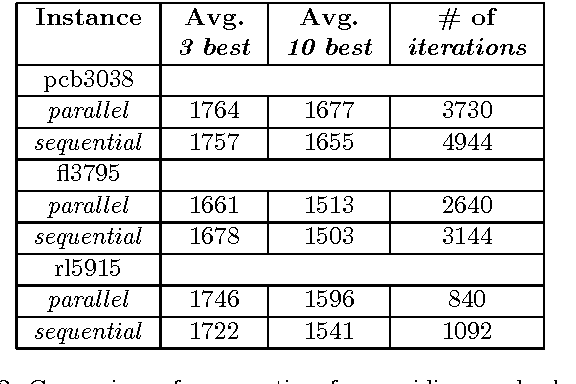
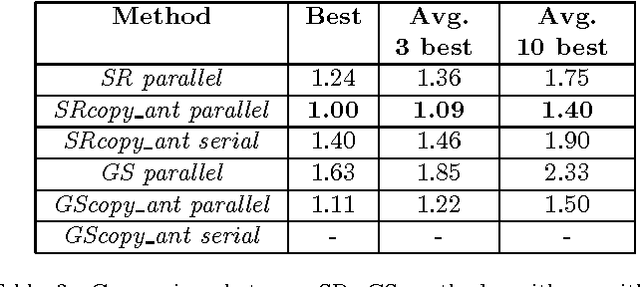
Abstract:The current paper introduces a new parallel computing technique based on ant colony optimization for a dynamic routing problem. In the dynamic traveling salesman problem the distances between cities as travel times are no longer fixed. The new technique uses a parallel model for a problem variant that allows a slight movement of nodes within their Neighborhoods. The algorithm is tested with success on several large data sets.
* 8 pages, 1 figure; accepted J. Information Technology Research
Soft Computing approaches on the Bandwidth Problem
Aug 28, 2012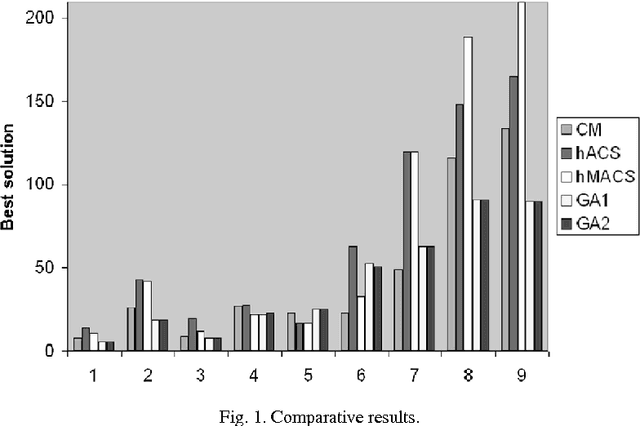
Abstract:The Matrix Bandwidth Minimization Problem (MBMP) seeks for a simultaneous reordering of the rows and the columns of a square matrix such that the nonzero entries are collected within a band of small width close to the main diagonal. The MBMP is a NP-complete problem, with applications in many scientific domains, linear systems, artificial intelligence, and real-life situations in industry, logistics, information recovery. The complex problems are hard to solve, that is why any attempt to improve their solutions is beneficent. Genetic algorithms and ant-based systems are Soft Computing methods used in this paper in order to solve some MBMP instances. Our approach is based on a learning agent-based model involving a local search procedure. The algorithm is compared with the classical Cuthill-McKee algorithm, and with a hybrid genetic algorithm, using several instances from Matrix Market collection. Computational experiments confirm a good performance of the proposed algorithms for the considered set of MBMP instances. On Soft Computing basis, we also propose a new theoretical Reinforcement Learning model for solving the MBMP problem.
* 6 pages, 1 figure; accepted to Informatica
 Add to Chrome
Add to Chrome Add to Firefox
Add to Firefox Add to Edge
Add to Edge